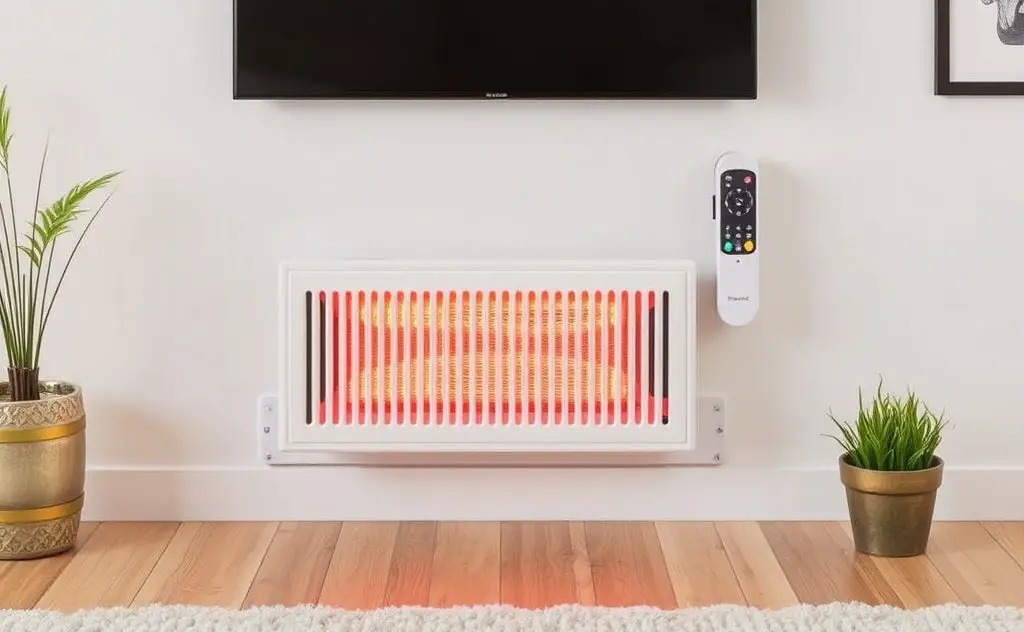Radiant heaters typically offer control options such as thermostats, timers, remote controls, and adjustable heat settings for optimal temperature management.
Radiant heaters offer efficient warmth, but their true potential is unlocked through advanced control systems. From basic thermostats to smart home integration, modern radiant heaters provide diverse control options to match any lifestyle or heating need.

Primary Radiant Heater Control Types
Manual Thermostats
Simple rotary dials or push-button controls provide basic temperature adjustment. These budget-friendly options work well for small spaces or temporary heating needs. The best wall heater knob replacements maintain this traditional control method while improving durability.
Programmable Digital Thermostats
Modern digital controls offer:
- Precise temperature settings (often to 0.5°F increments)
- Daily/weekly scheduling
- Energy usage tracking
- Multiple heating zones
Smart WiFi Controls
Premium systems like Bromic’s Tungsten Smart-Heat™ integrate with:
| Feature | Benefit |
|---|---|
| Remote app control | Adjust from anywhere |
| Voice commands | Works with Alexa/Google Assistant |
| Usage analytics | Optimize energy efficiency |

Specialized Control Features
Safety Controls
Modern radiant heaters include critical safety features:
- Automatic shut-off if tipped over
- Overheat protection
- Child lock functions
- Flame failure detection (for gas models)
Advanced Functionality
High-end models offer unique capabilities:
- 25° directional heat adjustment (Bromic Tungsten)
- Wind compensation up to 8mph
- Dual-fuel compatibility controls
- Multi-zone synchronization
The best water heater thermostat controls share similar advanced features with radiant space heaters.
Installation Considerations
Mounting Options
Control placement varies by installation type:
- Wall-mounted units – Controls typically integrated
- Ceiling-mounted – Often require remote controls
- Portable units – Built-in control panels
Professional vs DIY
While basic electric models may be user-installed, gas radiant heaters like the Bromic series require professional installation according to manufacturer specifications. Complex control systems often need certified technicians for proper setup.
Future Control Technologies
Emerging radiant heater controls include:
- AI-powered predictive heating
- Occupancy-based automatic adjustment
- Weather-adaptive performance
- Integrated solar optimization
As noted by WarmlyYours, the trend toward smart home integration continues to accelerate, with 72% of new heating system buyers prioritizing WiFi connectivity.
